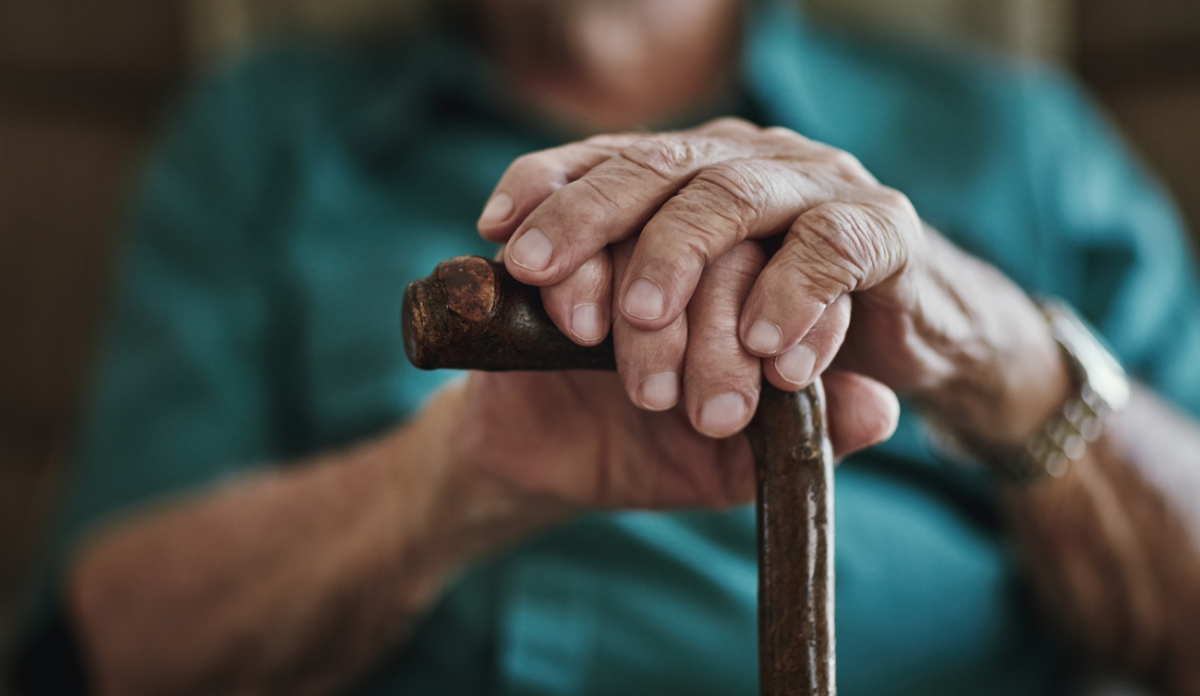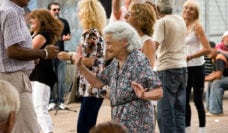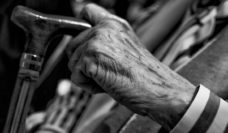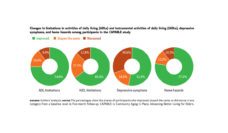“Where do you see yourself in 5 years?” The age-old, anticipated interview question has most young people equipped with a canned answer. But what if the question asked about 50 years later instead? As many enter their older adult years, long-term care becomes a sudden realization. Some can afford good quality care or receive assistance from family members, but many are left with an uncertain future.
About 14.7 million (28%) older adults live alone, many who have chronic diseases or are unable to care for themselves. Isolation contributes to depression, failure to thrive, and low quality of life.
A minority of older adults are cared for by family; most move into nursing homes or assisted care facilities. Some refuse to move altogether, while others with low income and assets or inadequate insurance cannot afford this care.
To address the problem of older adults living alone who are not yet ready to go to a nursing or assisted care facility, new initiatives are being developed. One such initiative is Community Aging in Place–Advanced Better Living for Elders (CAPABLE), a program that strives to assist older adults who wish to live independently through a network of dynamic community members.
In the CAPABLE model, a team of nurses, occupational therapists, and handy workers combine efforts to care for older adults with activities of daily living and household tasks. Such supportive housing, combined with this integrated system of shared support has reduced premature aging, improved quality of life, and reduced hospitalizations and acute nursing home stays. The program encourages independence among older adults, while fostering a safe and healthy home environment. In a population of low-income older adults, 75% of participants improved their self-care in less than 6 months.
Given the success of the original program, newer subtypes of this model are emerging. For instance, CAPABLE has expanded to focus on health equity, highlighting the most vulnerable populations of older adults in need of care.
Most recently, a pilot study has extended and tested the CAPABLE model for a population of formerly-unhoused older adults who have moved into new permanent supportive housing. Researchers compared a group of permanent supportive housing tenants, with one group receiving the CAPABLE intervention and the other control group waiting without services during the study period. Those who received the intervention showed significant improvements in health outcomes, especially in completing activities of daily living (e.g. eating food, bathing, going to the bathroom) and in lowered depressive symptoms.
The success of programs like CAPABLE, a coordinated team approach that allows older persons to age at home, is an important vision of the future, and may be especially valuable for historically vulnerable populations like the unhoused.
Photo via Getty Images














